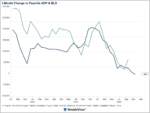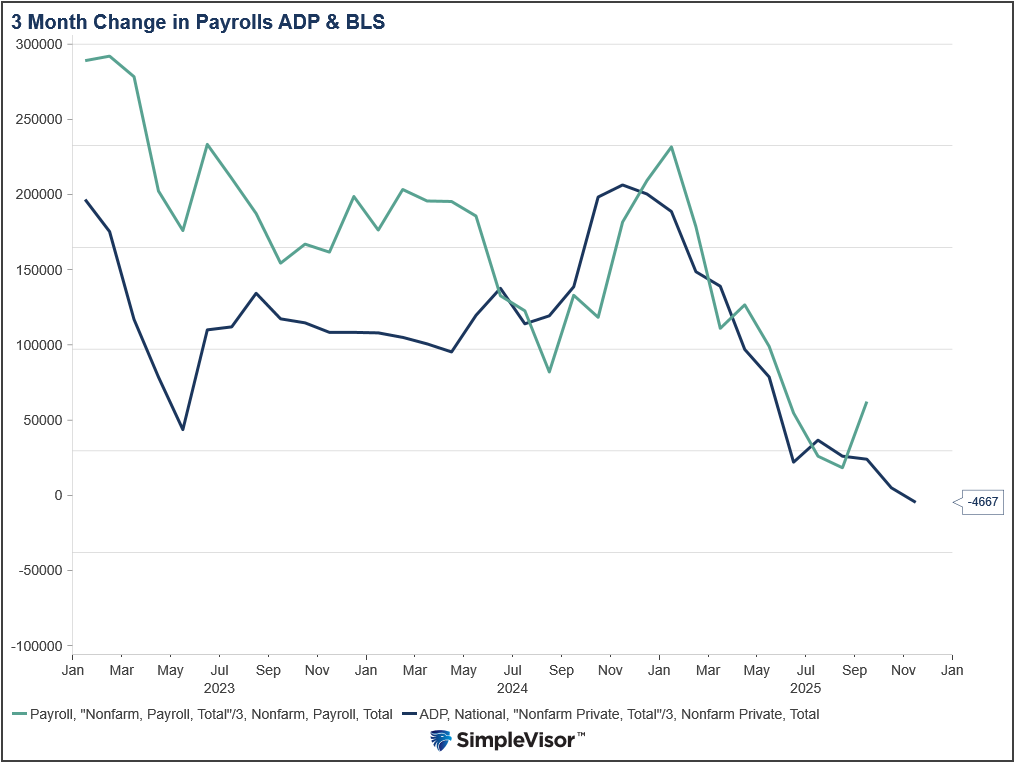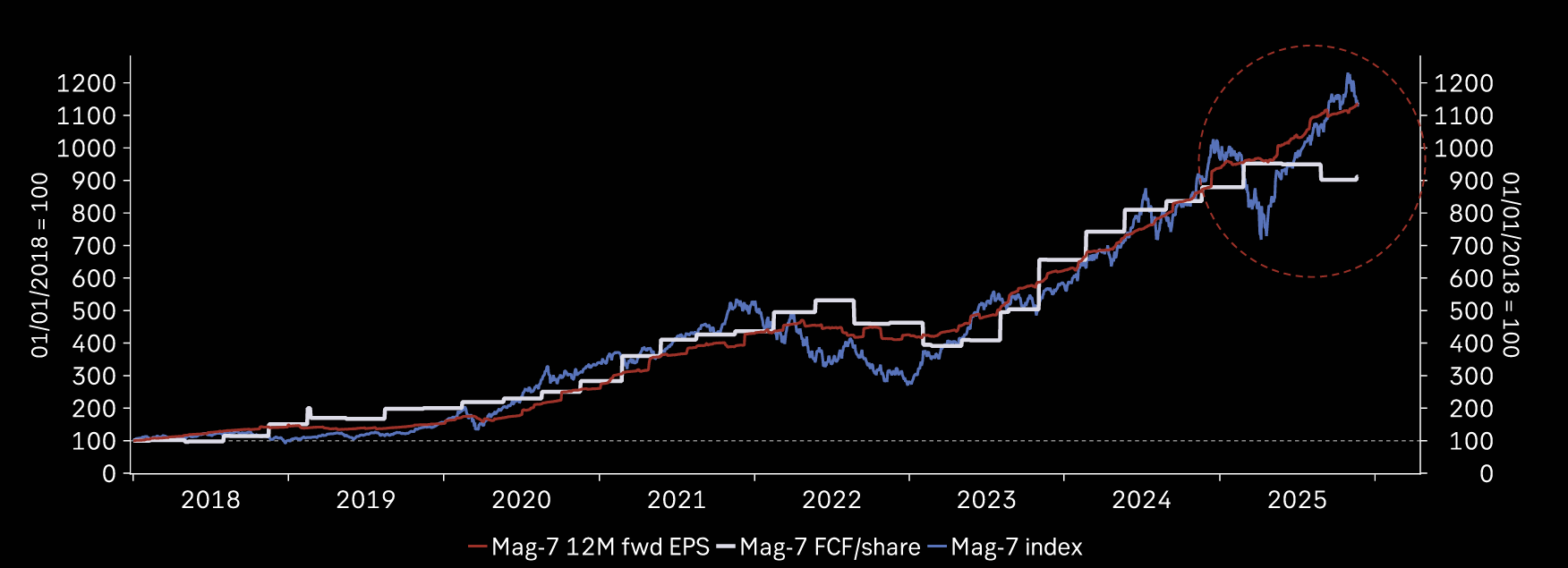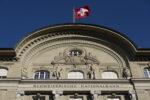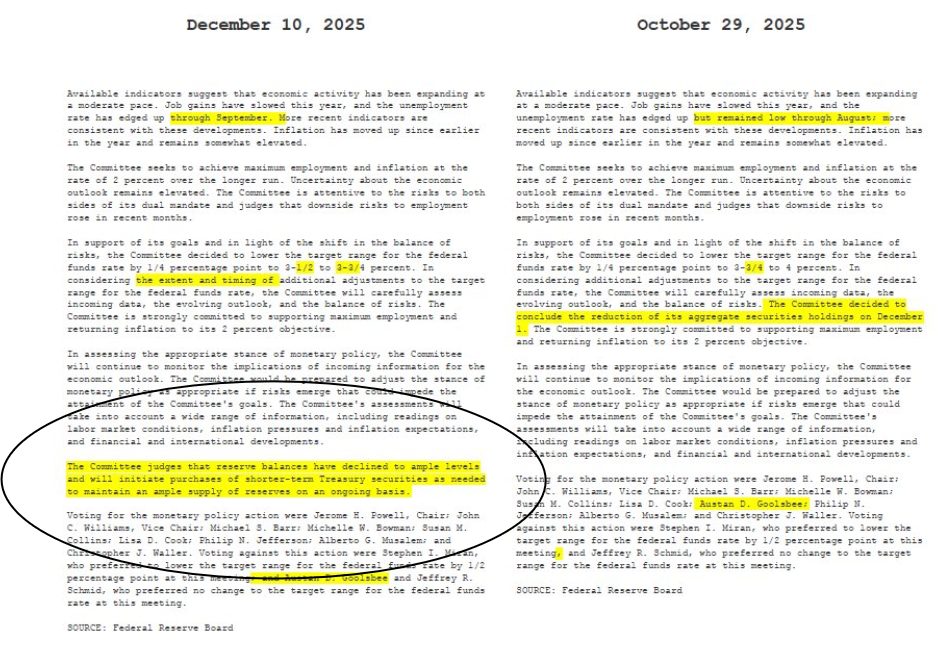- The dollar has softened as Fed easing expectations have picked up
- Late Friday, Chair Powell issued an unscheduled statement saying the Fed is monitoring the virus and will act as appropriate
- This is a big data week for the US; the Fed releases its Beige Book report Wednesday
- Super Tuesday comes this week; Bank of Canada meets Wednesday
- Final eurozone and UK February PMI readings will be reported this week
- Reserve Bank of Australia meets Tuesday; BOJ Governor Kuroda released an emergency statement
![]() The corona virus news stream remains negative and that is likely to keep pressure on EM and other risk assets. Even the prospects of potential Fed or even globally coordinated easing are not enough to offset the growing headwinds to the global economy, as China reported much weaker than expected February PMI readings over the weekend. Until the scope of the virus outbreak is known, we see no reason to get optimistic on global growth prospects.
The corona virus news stream remains negative and that is likely to keep pressure on EM and other risk assets. Even the prospects of potential Fed or even globally coordinated easing are not enough to offset the growing headwinds to the global economy, as China reported much weaker than expected February PMI readings over the weekend. Until the scope of the virus outbreak is known, we see no reason to get optimistic on global growth prospects.
The dollar has softened as Fed easing expectations have picked up (see below). DXY is down nearly 2% from the February 20 high near 99.91 and is testing the 200-day moving average near 97.845. Break below the 97.713 area would set up a test of the December 31 low near 96.355. The euro is testing the $1.1065 area and a break above would set up a test of the December 31 high near $1.1240. Elsewhere, sterling remains heavy just above the $1.28 area, while USD/JPY remains heavy despite a bounce off the 107 low.
AMERICAS
Late Friday, Chair Powell issued an unscheduled statement saying the Fed is monitoring the virus and will act as appropriate. Specifically, Powell said that “The Federal Reserve is closely monitoring developments and their implications for the economic outlook. We will use our tools and act as appropriate to support the economy.” He added that the fundamentals of the US economy remain strong. The language would seem to suggest that the Fed is contemplating rate cuts, which is a subtle distinction from pledging to maintain the normal working of the financial system.
Fed easing expectations have picked up sharply. Next FOMC meeting is March 18 and WIRP suggests a 25 bp cut is fully priced in and a 50 bp cut is partially priced in. Another 25 bp is fully priced in by the July 29 meeting and another 25 bp cut is largely priced in by the January 2021 meeting. These four cuts would take the Fed funds target range down to 0.5-0.75% and seems way too overdone to us.
This is a big data week for the US. February ISM manufacturing PMI comes out Monday and is expected to fall to 50.5 from 50.9 in January. January construction spending will also come out that day. February auto sales will be reported Tuesday, which are expected to fall slightly to a 16.8 mln annualized pace. ADP private sector jobs data will be reported Wednesday and expected at 170k. February ISM non-manufacturing PMI comes out that day too and is expected to fall half a point to 55.0. Weekly jobless claims, February Challenger job cuts, and January factory orders (-0.2% m/m expected) will be reported Thursday.
February jobs data Friday will be the main event. Consensus sees 175k vs. 225k in January, along with the unemployment rate steady at 3.6% and average hourly earnings falling a tick to 3.0% y/y. Weekly jobless claims for the BLS survey week containing the twelfth of the month came in at 210k, near the cycle lows and suggesting another solid jobs number. January trade (-$47.0 bln expected), wholesale trade sales, and consumer credit will also be reported that day.
The Fed releases its Beige Book report Wednesday. This is for the upcoming March 18 FOMC meeting. Mester, Logan, and Evans speak Tuesday. Bullard speaks Wednesday. Kaplan, Kashkari, Williams, Evans, Mester, Bullard, Rosengren, and George all speak Friday. After that, the media embargo kicks in and there will be no Fed speakers until Powell’s post-meeting press conference.
US Q4 GDP growth was unrevised at 2.1% SAAR, and Q1 is on a similar pace. The Atlanta Fed’s GDPNow model estimates Q1 GDP growth at 2.6% SAAR vs. 2.7% previously. Elsewhere, the NY Fed’s Nowcast model estimates Q1 GDP growth at 2.1% SAAR vs. 2.0% previously. Both were updated Friday.
Super Tuesday comes this week. Fourteen states hold primaries with 1338 total pledged delegates up for grabs: Alabama (52 delegates), Arkansas (31), California (415), Colorado (67), Maine (24), Massachusetts (91), Minnesota (75), North Carolina (110), Oklahoma (37), Tennessee (64), Texas (228), Utah (29), Vermont (16), and Virginia (99). Democrats abroad and in Samoa add another 19 pledged delegates to total 1357. After Super Tuesday, nearly 40% of the total Democratic pledged delegates will have been awarded and some candidates will likely be forced to drop out. Over the weekend, the South Carolina primary was held and Biden won big. Mayor Pete and Tom Steyer both dropped out, leaving only five candidates: Biden, Sanders, Bloomberg, Warren, and Klobuchar. After Super Tuesday, we expect one or two more to drop out.
Bank of Canada meets Wednesday and is expected to keep rates steady at 1.75%. A handful of analysts look for a 25 bp cut. Contrast this with market pricing. Here, WIRP suggests nearly 80% odds of a cut, up from around 10% in mid-February. After the decision, Canada reports January trade, February jobs, and Ivey PMI all on Friday. The economy is expected to add 12k jobs, down from 34.5k in January.
EUROPE/MIDDLE EAST/AFRICA
Final eurozone February PMI readings will be reported this week. Manufacturing PMI is out Monday, and Spain and Italy are expected to improve slightly from January. Services and composite readings are out Wednesday, and here, Spain is expected to improve slightly while Italy is expected to worsen slightly from January. In between, eurozone February CPI will be reported Tuesday, with headline inflation expected at 1.2% y/y vs. 1.4% in January. German reports January retail sales Wednesday (1.0% m/m expected), followed by factory orders Friday (1.2% m/m expected). ECB easing expectations have picked up, as WIRP suggest over 40% odds of a cut at the next meeting March 12, up from around 5% in mid-February.
Final UK February PMI readings will be reported this week. Manufacturing is out Monday, followed by construction (49.0 expected) Tuesday and services and composite (53.2 and 53.3 expected, respectively) Wednesday. Increased pessimism has pushed BOE easing expectations forward. WIRP suggests nearly 50% odds of a cut at the next meeting March 26, up from less than 10% in mid-February. Sterling traded Friday at its lowest level since October but found some support near $1.2725. Break below the $1.27 area would set up a test of the October low near $1.2195.
OPEC holds a meeting in Vienna Thursday to discuss output cuts. OPEC+ then meets Friday, where Russia is the wild card. Reports suggest that Saudi Arabia is asking for a joint cut of 1 mln bbl/day. Despite this news, oil has fallen further which suggests that oversupply is much more than 1 mln bbl/day. WTI is leading this move down, having already broken below the 62% retracement objective of the 2016-2018 rally near $45.45. This sets up a test of the February 2016 low near $26.05. Brent is testing its equivalent level near 49.88, break of which would set up a test of its January 2016 low near $27.10.
ASIA
Reserve Bank of Australia meets Tuesday and is expected to keep rates steady at 0.75%. However, WIRP suggests a 25 bp cut to 0.50% is fully priced in, with a 50 bp cut partially priced in. This represents a big break with the analyst community that is heavily tilted in calling for steady rates. AUD traded Friday at lows not seen since 2009 and is on track to test the October 2008 low near .6010.
Japan has little in the way of data this week. The only major release is January cash earnings Friday. Yet signs of weakness in the economy have been clear in recent weeks. Like other major central banks, this has pushed forward market expectations of BOJ easing. WIRP suggests nearly 30% odds of a cut at the next meeting March 19, up from around 10% at the start of February. USD/JPY traded at its lowest level since October 9 and is on track to test the October low near 106.50.
Similar to Powell, BOJ Governor Kuroda released an emergency statement overnight. He said the bank “will strive to provide ample liquidity and ensure stability in financial markets through appropriate market operations and asset purchases.” It immediately offered to purchase JPY500 bln of government bonds in repo operations. Kuroda’s statement seems to focus more on maintain market stability, whilst Powell’s seems to imply potential easing.
Full story here Are you the author? Previous post See more for Next postTags: Articles,developed markets,newsletter
















